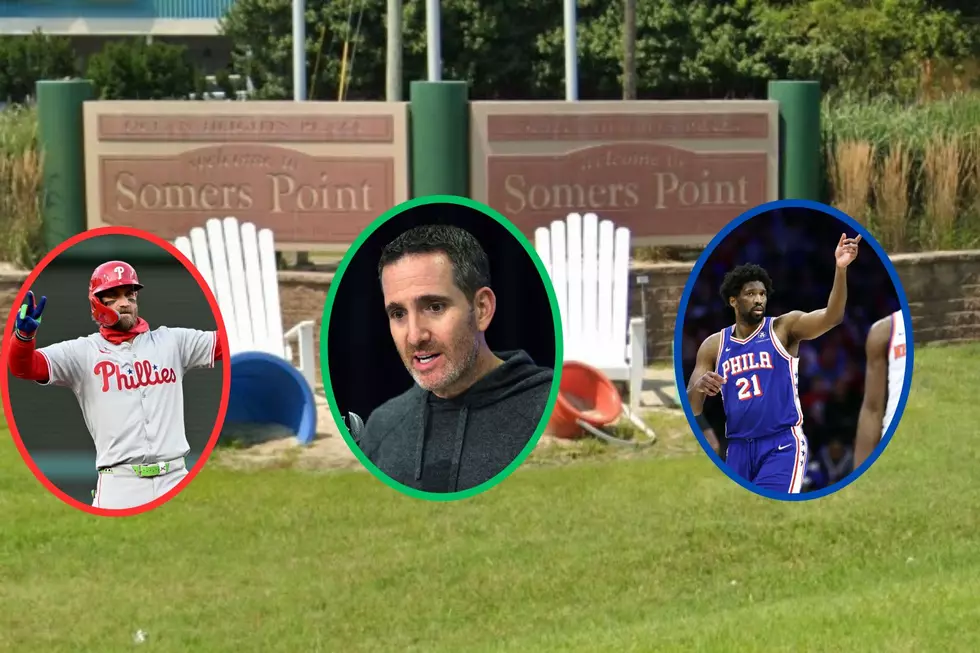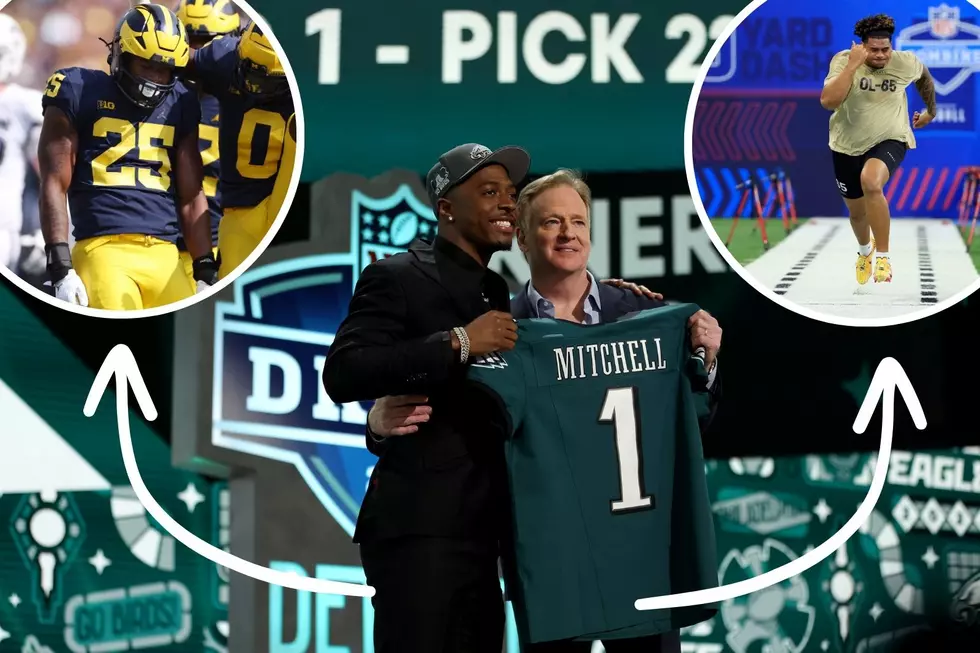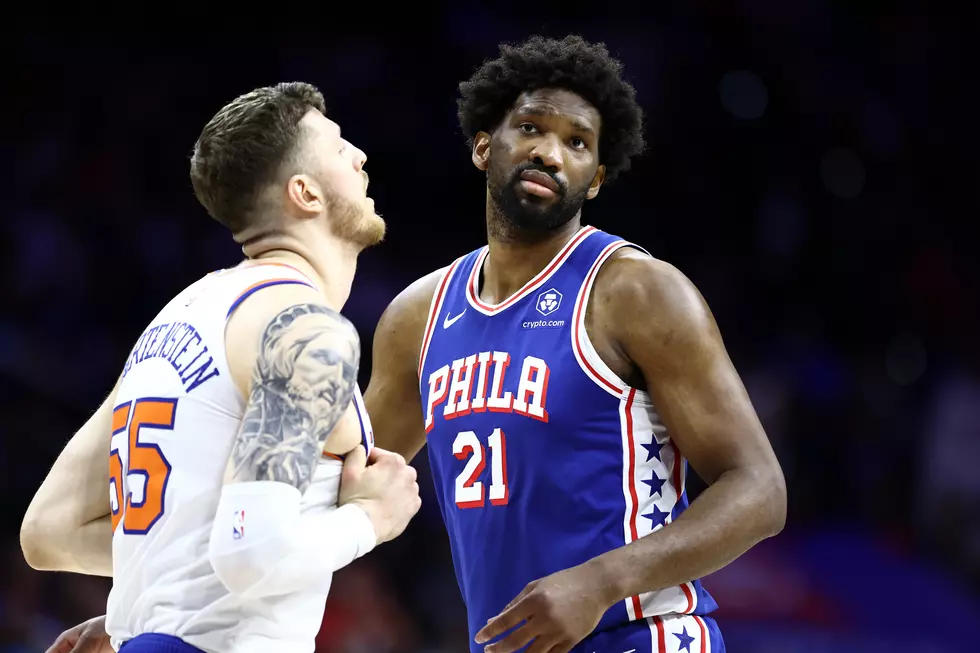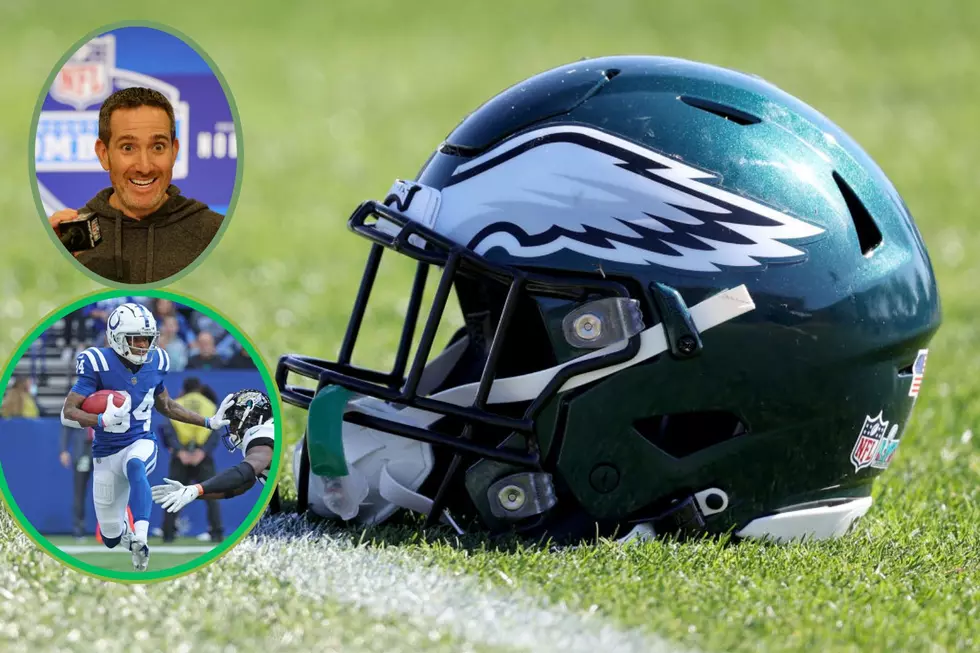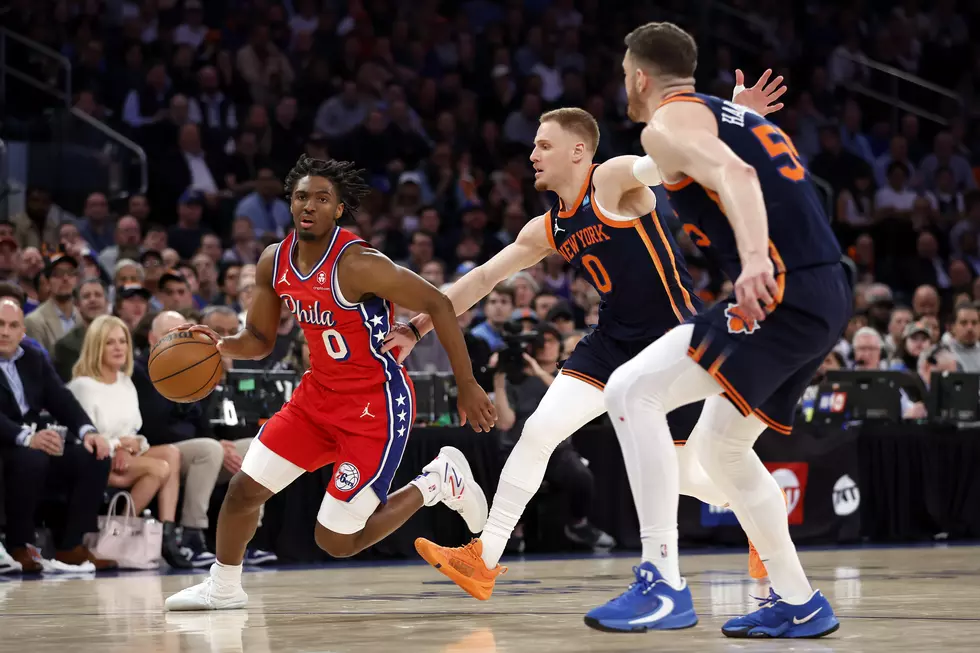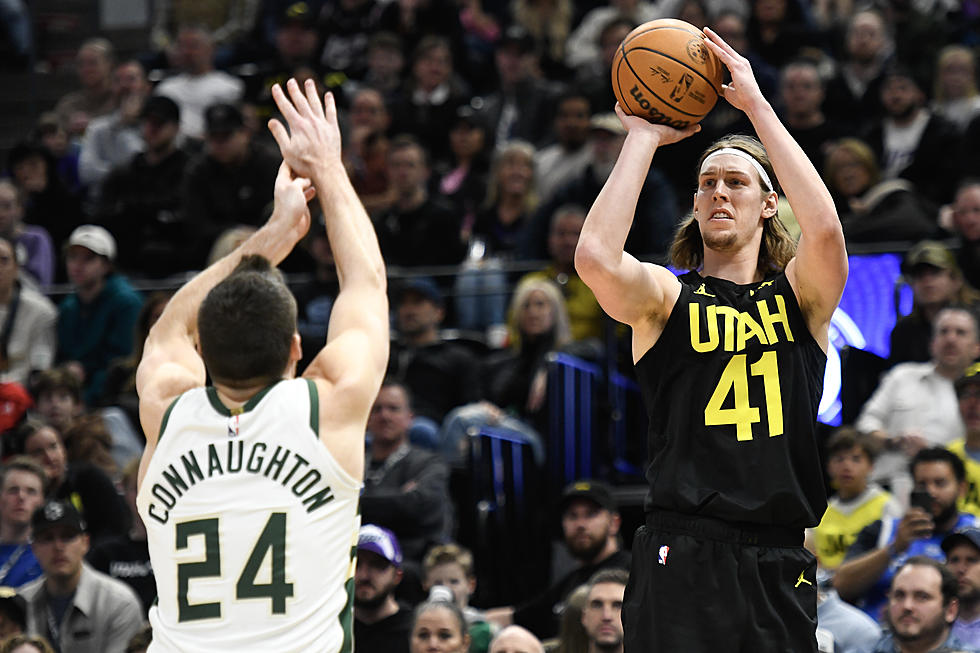
The Sixers have to use the trade deadline to beat the blitz
Just two weeks ago, the Sixers and their fans were basking in the aftermath of history.
Joel Embiid scored a career-high and franchise-record 70 points and secured 18 rebounds in a victory over the lowly San Antonio Spurs. They were a season-high 16 games above .500, sitting in third place in the Eastern Conference.
All was good.
Now, with less than two days until the trade deadline, things haven't looked this dark since perhaps the moment the buzzer sounded in the Game 7 loss to the Atlanta Hawks in 2021.
There is no promise that Embiid will take the court again this season after undergoing a corrective procedure to address a lateral meniscus injury in his left knee on Tuesday. Although, a re-evaluation is expected in roughly four weeks. The reporting thus far suggests that there still is room for a fairytale ending to this season for Philadelphia's star.
But, in the meantime the Sixers can't score. They're relying on chess-move schemes to cobble together good defensive sequences, even though their problems with dribble penetration probably won't be resolved any time soon.
Right now, as they've fallen out of the top of the playoff picture in the East, it looks really bad. But, part of me wonders if it's more recency bias than reality. It certainly doesn't help that Embiid went down while half of the regular rotation is also sidelined. They look bad because short-segment role players are over-extended right now. Guys who would typically be the fourth or fifth reserves are slotting in at sixth or seventh man or starting.
But, what happens if the non-Embiid players who are out can string together weeks of good health once they return?
Lineups featuring the trio of Tyrese Maxey, De'Anthony Melton, and Tobias Harris - without Embiid - are +6.1 per 100 possessions in 451 possessions this season, per Cleaning The Glass.
That's not great, but it's good. Probably more than enough to stay afloat once they get used to life without Embiid.
The pessimist would say, "Yeah, but Melton hasn't played in how many weeks? And due to an ever-fickle ailing back? You can't rely on him". I can't argue against that, but I'm not suggesting you can rely on his availability. I'm suggesting that if he can be available, there's a formula that works.
The optimist would say, "If they can just get those role players back, this team doesn't look as bad as they look right now".
I think that's totally accurate.
While people tend to hit the panic button when stars go down for extended stretches, I tend to believe that role players adjust better when they know they need to take it up a notch for several games on end. I think it's much harder to find the equilibrium when it's a one-off game without the star.
As far as I'm concerned, throw away the box scores of the last couple games. Don't try to make up the differentials by simply plugging Embiid's averages in. Think about why it all looked so bad, why the offense looked discombobulated.
In short, there are too many possessions that look like this:
There needs to be more possessions that look like this:
The concept is simple - defenses have Maxey at the very top of the scouting report. They're going to put two on the ball when the screen comes, and live with whatever the outcome is. If Maxey laces pull-up three after pull-up three over the blitz, fine. If Kelly Oubre Jr. shoots 6-for-10 from three, fine.
No matter what, they are putting size on the first-time All-Star, denying Maxey the edges to get downhill out of ball screens.
I like to wait until there's an adequate sample size of data - both in statistics and on video - before I prescribe a way forward on the trade front. But, there's nothing in my handbook for when the all-world superstar goes down indefinitely a week before the deadline, leaving the undersized star combo guard to run the show.
So, how do you maximize the pieces you have now and perhaps in the near future?
I don't think pursuing a star is the answer. Not only is that market seemingly dry, but I would have concerns about what happens when that incoming player adjusts to being the first or second option, only to then get fewer opportunities in the playoffs if Embiid returns.
Star trades get very tricky. If you convince a team to suddenly have interest in moving their player, a good front office may feel compelled to field other offers for that guy. You might incite a bidding war that prices you out; even worse, a direct rival might win it.
The only time that doesn't happen is when you have a Kevin Durant situation in Brooklyn. He has one place he wants to go and has built equity with management, you have covert talks with that team only, and the two sides consummate a reasonable deal.
Unless some player out there is quietly begging to come to Philadelphia, I don't think the Sixers should risk starting a bidding war unless it's for a Lauri Markkanen-level fit (and, yes, I would be surprised if Utah moved him and stunned if the Sixers were the winners).
I do think many of the problems we've seen in recent games are fixable with good role players, especially if they're shooters with forward size.
The goal, in its simplest form, should be to help Maxey by making blitzing less of a no-brainer and forcing defenses to balance the floor better.
A blitz effectively creates two different basketball games in one; it's a two-on-one between the two defenders and the ball-handler high on the floor, and a four-on-three between the rest of the players on the court. Thus, the math says that passing out of the blitz at the right time creates three possible opportunities: someone on the perimeter gets an open three, a cutter gets a dunk, or both.
Perhaps that means pursuing the Bogdanovics; either of Bojan or Bogdan would do, although Bogdan is much better. Perhaps that means gauging the Indiana Pacers on Buddy Hield, who isn't a particularly dynamic offensive player but can shoot the heck out of the ball.
You can also beat blitzes and bad defensive floor balance by adding a big who can pass in the middle of the floor. Andre Drummond and Kelly Olynyk are fine passers capable of releasing the ball pressure in the short roll and hitting open teammates. and Olynyk fills the shooting void.
Cobbling together a couple of role players who can each do one or two things quite well is a reasonable way to find the light at the end of Philadelphia's tunnel. Not only can that unlock things for non-core players who are struggling right now, but it can help unlock Maxey's full arsenal by neutralizing the blitz to the point of forcing an adjustment.
Some of those players are already on the roster and just need to get healthy, but others need to be added by 3 p.m., Eastern time, on Thursday.
There is something to be said for cost, and whether that cost renders future moves for higher-impact players prohibitive. No, the Sixers shouldn't feel compelled to overpay in draft assets to bring in players who merely join the team's synergy instead of leading it. There's always the possibility that an Atlanta or a Chicago is pleased with being in the Play-In tournament and sets the asking price on their trade chips above what the market has to offer. But, there's a difference between refusing to overpay and being conservative.
The simple truth of the matter is that the Sixers have too many expiring contracts (and some that contribute very little on the court, at that) to not make a deal. Even if it's just for a rental player - someone you can walk away from in free agency or trade away easily this offseason - you have to do something. Even if your hopes of Embiid returning at all, let alone at full strength, are slim, something needs to be done to alleviate the ball pressure on Maxey.
Because right now, if Maxey passes out of the blitz, there's no telling what's happening next.
KEEP READING: South Jersey Athletes Who Played/Coached in NBA and MLB
Gallery Credit: Josh Hennig
More From 97.3 ESPN

